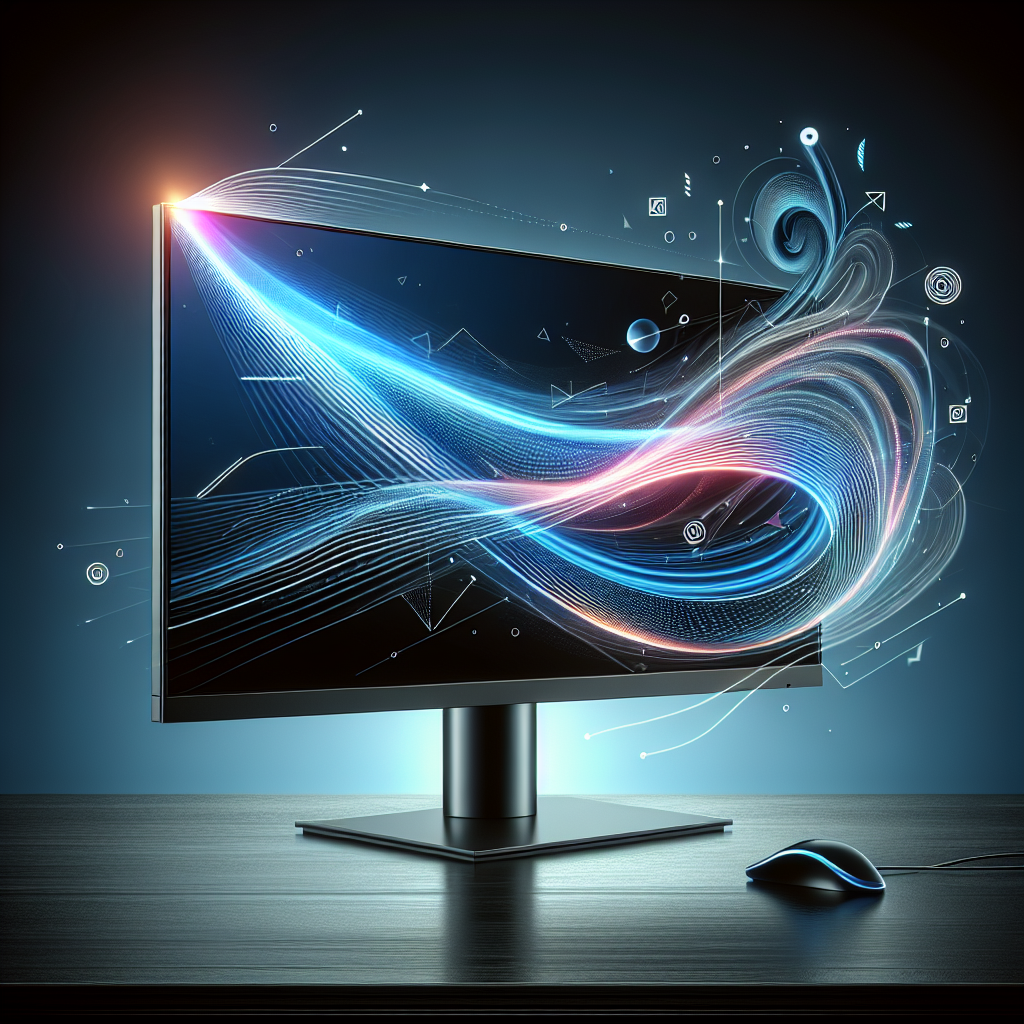Understanding the Refresh Rate of a Typical LED Monitor
The refresh rate of an LED monitor refers to how many times per second the display is able to produce a new image. This is measured in hertz (Hz). A higher refresh rate translates to smoother motion and a more enjoyable viewing experience, especially for gaming and high-definition video playback.
Let’s explore the typical refresh rates for LED monitors, factors affecting these rates, and how they impact user experience.
Typical Refresh Rates for LED Monitors
| Monitor Type | Typical Refresh Rate (Hz) |
|---|---|
| Standard Office Monitors | 60Hz |
| Gaming Monitors | 120Hz, 144Hz, 240Hz |
| Professional Monitors | 60Hz, 75Hz |
1. Standard Office Monitors
Most standard office monitors have a refresh rate of 60Hz. This is adequate for basic tasks such as browsing the internet, working on documents, and watching videos.
2. Gaming Monitors
Gaming monitors typically have higher refresh rates, often starting at 120Hz and going up to 240Hz. The increased refresh rate is crucial for gamers as it provides smoother gameplay and can give a competitive edge in fast-paced games.
3. Professional Monitors
Professional monitors used for graphic design, video editing, and other demanding applications generally have refresh rates of 60Hz or 75Hz. While these tasks do not always require high refresh rates, having a slightly elevated rate can benefit smoother visual performance.
Factors Influencing LED Monitor Refresh Rates
1. Panel Technology
Panel technology plays a significant role in determining the refresh rate of an LED monitor. The most common types of panel technologies are TN (Twisted Nematic), IPS (In-Plane Switching), and VA (Vertical Alignment).
- TN Panels: Typically offer higher refresh rates and are often used in gaming monitors.
- IPS Panels: Offer better color accuracy and viewing angles but generally have lower refresh rates compared to TN panels.
- VA Panels: Offer a good balance between TN and IPS but also tend to have lower refresh rates.
2. Monitor Resolution
Higher resolution monitors require more processing power to achieve higher refresh rates. This can sometimes limit the maximum refresh rate achievable on UHD (4K) displays compared to FHD (1080p) monitors.
3. Graphics Card Capabilities
The performance of the graphics card in your computer is another critical factor. To truly benefit from a high-refresh-rate monitor, the graphics card must be capable of delivering frames at corresponding rates.
4. Connectivity
Types of connectivity such as HDMI, DisplayPort, and DVI can also influence the refresh rate capabilities of a monitor. For instance, HDMI 1.4 typically supports up to 60Hz at 4K resolution, while HDMI 2.0 can support up to 120Hz at the same resolution.
Impact of Refresh Rate on User Experience
1. Gaming
For gamers, a higher refresh rate means smoother and more responsive gameplay. This can be pivotal in competitive gaming where every millisecond counts.
2. Video Playback
While standard 60Hz refresh rates are sufficient for most video content, higher refresh rates can benefit the playback of high-definition and fast-action video content.
3. Daily Computing
For everyday use such as browsing and office work, a 60Hz refresh rate offers an adequate experience. However, users accustomed to higher refresh rates may notice a difference when switching back to a 60Hz monitor.
Conclusion
The refresh rate of a typical LED monitor varies depending on its intended use. While 60Hz is standard for most applications, gaming and professional monitors often feature higher refresh rates to enhance performance. Understanding these differences and the factors that influence refresh rates can help you choose the right monitor for your needs.

